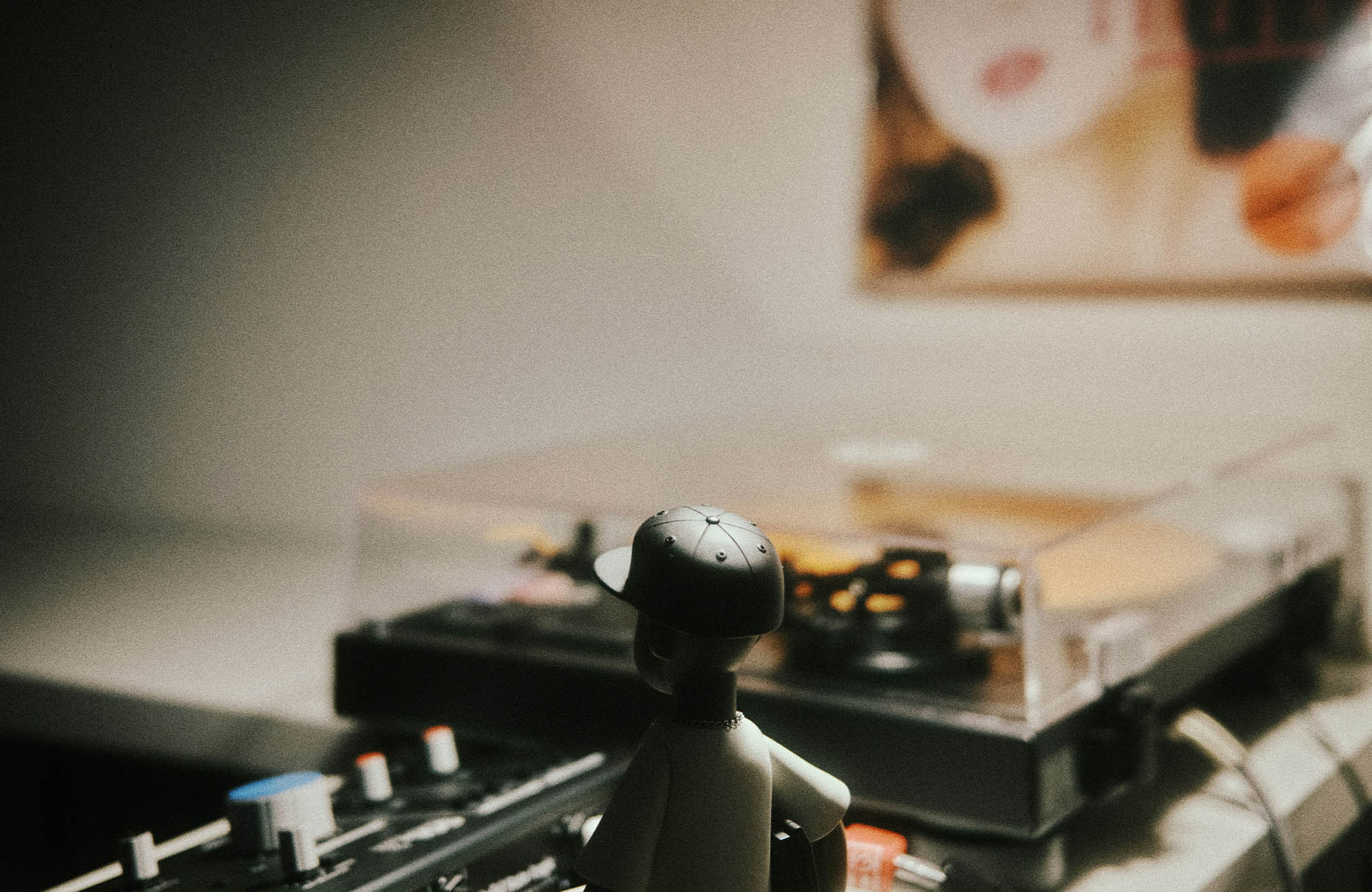
What Are Type Beats? The Complete Guide for Artists (2025 Edition)
If you’ve ever searched YouTube for “Drake Type Beat” or “J. Cole Type Beat,” you’re part of a massive movement that reshaped how music is made and discovered.
Type beats have become the bridge between producers and artists — a shared language that helps rappers find the sound, emotion, and energy they’re looking for before they even write a single line.
But what exactly are type beats? How do they work, and can you use them legally? In this guide, we’ll break down everything you need to know about type beats in 2025 — what they mean, why they exist, and how to use them to create your next hit.
What Is a Type Beat?
A type beat is an instrumental made in the style or mood of a specific artist, producer, or vibe.
When a producer titles a track “Eminem Type Beat” or “Drake Type Beat,” they’re signaling the kind of emotion, energy, and sound an artist can expect from that instrumental.
The goal isn’t to copy an artist — it’s to capture their essence. A J. Cole Type Beat, for example, often feels soulful and introspective, with live drums and warm textures. An NF Type Beat might sound cinematic and emotionally intense, while a Mac Miller Type Beat leans nostalgic and smooth.
Type beats are not clones — they’re creative interpretations. They give artists an easy way to find a sound that fits their lyrical themes or vocal style.
How Type Beats Started
The idea of type beats took off in the early 2010s when producers started uploading instrumentals to YouTube labeled after artists like Drake, J. Cole, and Kendrick Lamar.
This naming method helped listeners find beats that matched the sound of the artists they admired. If a rapper wanted something that felt like a song from “2014 Forest Hills Drive” or “Take Care,” searching for a “J. Cole Type Beat” or “Drake Type Beat” instantly delivered similar vibes.
Over time, this became the standard discovery system in online beat culture — and now, millions of artists find their production this way every day.
Why Type Beats Matter for Artists
Type beats make it easier for artists to find inspiration. Instead of endlessly scrolling through random instrumentals, you can search by vibe, emotion, or artist influence — and land on something that matches your creative direction within seconds.
Let’s say you’re working on a track that feels emotional and introspective — a J. Cole Type Beat or Mac Miller Type Beat might instantly connect with your lyrics.
If your writing is darker and more cinematic, try an NF Type Beat or Eminem Type Beat to channel that intensity.
Or, if you’re chasing melodic and modern vibes, you’ll find inspiration in a Drake Type Beat or Frank Ocean Type Beat.
Each type beat reflects a creative lane — helping you discover your own sound by exploring the styles that move you.
How Type Beats Help You Find Your Sound
Many rappers start out imitating their favorite artists — and that’s okay.
It’s part of finding your voice. Recording on type beats allows you to experiment with different styles and flows until you naturally develop your own unique sound.
Maybe you start with a Kendrick Lamar Type Beat because of his complex wordplay, then realize your storytelling fits better over Nipsey Hussle Type Beats that carry motivational energy.
Or perhaps you vibe with the chill, jazzy energy of Mac Miller Type Beats but eventually combine it with the honesty found in Brother Ali Type Beats.
Over time, these explorations help you identify the elements that define your sound — the tempo, emotion, and rhythm that make your music feel authentic.
Are Type Beats Legal to Use?
Yes — as long as you license the beat properly, type beats are 100% legal to use.
Producers who sell type beats usually offer various license types (Basic, Premium, Unlimited, or Exclusive). These licenses outline what you can do with the instrumental — including streaming, distribution, and monetization rights.
If you’re unsure about licensing or want to understand what’s included in a lease, check out the complete guide:
Beat Licensing Explained
Buying a license means you can safely release your song on Spotify, YouTube, or Apple Music and keep full ownership of your vocals and lyrics.
Type Beats and the Modern Rap Industry
In 2025, type beats are no longer just a YouTube trend — they’re an essential part of the independent artist ecosystem.
Even signed artists and labels browse online to find beats that fit their creative direction or to test new ideas before booking studio sessions.
Platforms like Tellingbeatzz.com help bridge that gap by offering professional, studio-quality production — no tags, no legal headaches, just clean, inspiring beats.
Whether you need a cinematic NF Type Beat, a motivational Nipsey Hussle Type Beat, or a soulful J. Cole Type Beat, you can find it instantly, license it securely, and release your music without worry.
Beyond the Labels: Finding Your Own Vibe
Type beats aren’t about imitation — they’re a tool for discovery.
You might start looking for a Kanye West Type Beat for its sample-driven creativity, or a Frank Ocean Type Beat for emotional depth, but the goal isn’t to sound like them. It’s to build something from them.
By blending different influences, experimenting with new flows, and bringing your story into the production, you evolve past the “type beat” phase — and into your signature sound.
Final Thoughts
Type beats have democratized music creation. They’ve opened doors for independent rappers and singers to access high-quality production instantly — without waiting for studio time, label budgets, or exclusive producers.
At their core, type beats are about connection: between inspiration and execution, between artist and producer, and between sound and emotion.
So the next time you’re writing, explore a few different styles:
-
Tap into lyricism with Black Thought Type Beats.
-
Find motivation with Nipsey Hussle Type Beats.
-
Get introspective with J. Cole Type Beats.
-
Or experiment freely across the entire Beats & Instrumentals collection.
Your sound is already inside you — type beats just help bring it out.


No Comments